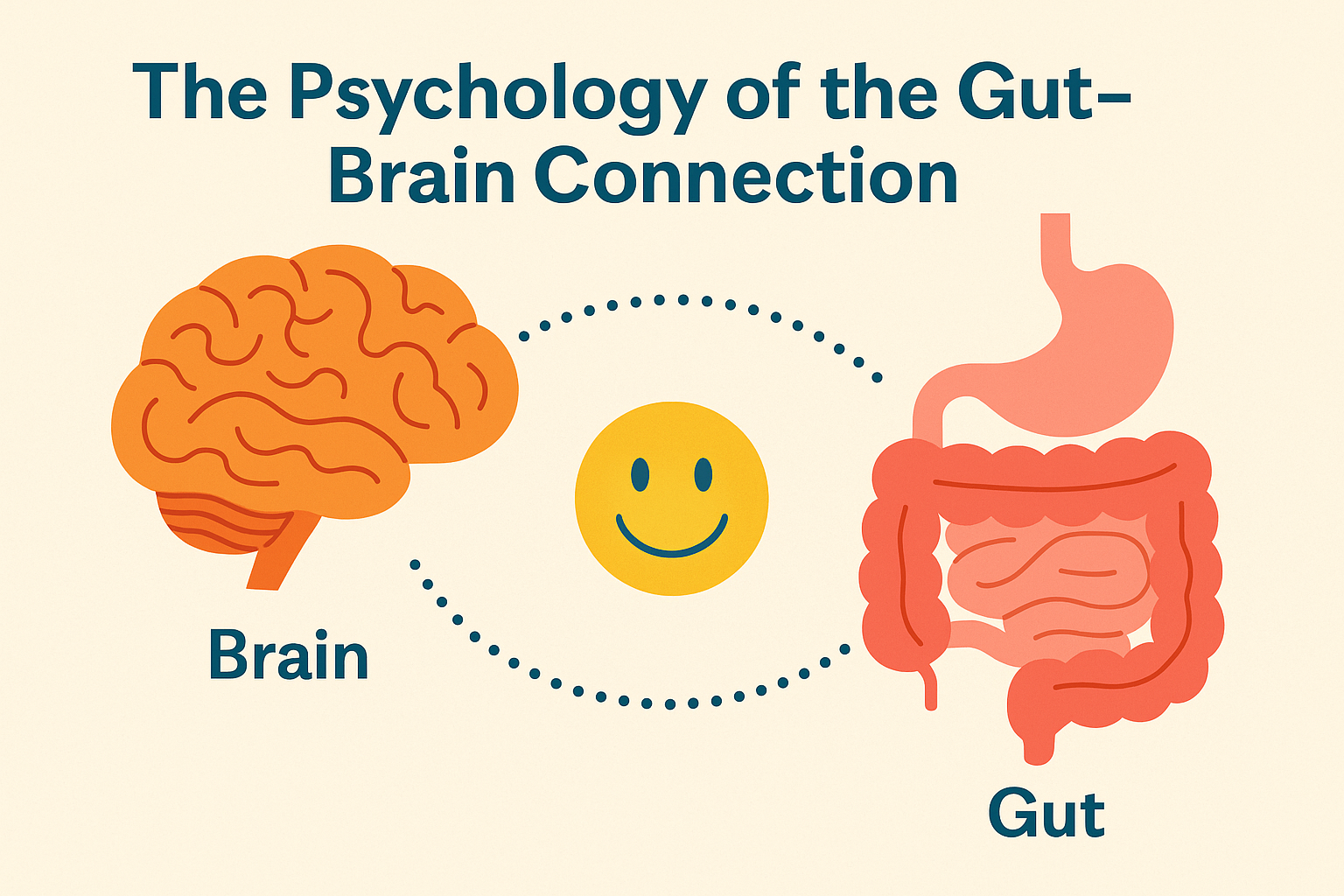Healing the Brain with Light: The Science and Promise of Photobiomodulation Therapy for TBI
Discover how photobiomodulation using Vielight can help with TBI recovery. Serving Greenville, SC and the San Francisco Bay Area. Learn about its science, benefits, and clinical support.
Introduction
Traumatic Brain Injury (TBI) affects millions of Americans annually, often leaving behind chronic symptoms such as brain fog, fatigue, mood swings, and cognitive dysfunction. While traditional therapies play a key role, photobiomodulation therapy (PBM) has emerged as a promising adjunct treatment for post-concussion syndrome, mild TBI (mTBI), and cognitive fatigue.
At our integrative psychotherapy practice—serving Greenville, SC, San Francisco, and the Bay Area—we incorporate Vielight Neuro photobiomodulation devices to support brain healing through safe, non-invasive light stimulation.
What Is Photobiomodulation?
Photobiomodulation, formerly known as low-level laser therapy (LLLT), uses specific wavelengths of red and near-infrared (NIR) light to stimulate mitochondrial function and enhance cell repair. When applied to the brain via transcranial or intranasal light, PBM activates cytochrome c oxidase, increasing ATP production, improving cellular metabolism, and reducing oxidative stress and inflammation—key contributors to brain injury symptoms.
The Vielight Neuro: Advanced Light-Based Brain Therapy
We use the Vielight Neuro Alpha and Neuro Gamma devices—highly researched and clinically supported PBM systems. These devices deliver NIR light to the prefrontal cortex and deeper brain structures. The Neuro Alpha (10 Hz) is geared toward relaxation and emotional regulation, while the Neuro Gamma (40 Hz) targets cognition, working memory, and neuroplasticity.
Common conditions treated with Vielight PBM in our practice:
Mild TBI and concussion recovery
Post-concussion fatigue and brain fog
Cognitive impairment in ADHD
Emotional dysregulation related to trauma
Inflammation-related depression and anxiety
Benefits and Effectiveness of PBM for TBI
Clinical and emerging research supports the use of PBM for neurological rehabilitation:
Chao & Raymond (2018) found PBM significantly improved cerebral blood flow and gray matter volume in TBI patients over time.
Naeser et al. (2011) reported notable gains in executive functioning, memory, and sleep quality in veterans using red/NIR light for chronic mTBI.
Laatsch et al. (2007) observed improvements in QEEG patterns and cognitive performance in brain-injured patients following PBM therapy.
Vielight Inc. (2023) outlines PBM’s ability to enhance neuroplasticity, reduce inflammation, and restore mitochondrial health in TBI recovery.
While not a replacement for standard care, PBM offers a science-backed, non-pharmaceutical option that works well alongside CBT, mindfulness, ACT, lifestyle changes, and neurocognitive retraining.
Integration in Clinical Practice
In our Greenville, SC and Bay Area clinics, photobiomodulation is used in tandem with:
Cognitive Behavioral Therapy (CBT)
Acceptance and Commitment Therapy (ACT)
EMDR and trauma-focused interventions
Cognitive and personality assessments
Lifestyle and nutritional counseling
Functional testing (food sensitivity, genetic inflammation markers)
This whole-brain and whole-body approach empowers recovery at a cellular, psychological, and behavioral level.
Key SEO Terms Included
Photobiomodulation for TBI
Vielight Neuro therapy
Light therapy for concussion recovery
Brain injury treatment Greenville SC
Red light therapy for brain fog
Transcranial photobiomodulation Bay Area
ADHD recovery with PBM
Non-invasive neurotherapy San Francisco
References & Resources
Chao, L. L., & Raymond, D. (2018). Longitudinal effects of photobiomodulation on cerebral blood flow and gray matter volume in TBI: A pilot study. NeuroImage: Clinical, 19, 443–454. https://doi.org/10.1016/j.nicl.2018.05.007
Naeser, M. A., et al. (2011). Improved cognitive performance post-PBM in veterans with mTBI. Journal of Neurotrauma, 28(12), 2349–2358.
Laatsch, L., et al. (2007). QEEG and cognitive improvements following PBM. Journal of Neurotherapy, 11(4), 41–49.
Vielight Inc. (2023). Traumatic brain injury recovery with photobiomodulation: Clinical evidence and future potential. https://www.vielight.com/blog/traumatic-brain-injury-recovery-with-photobiomodulation/
